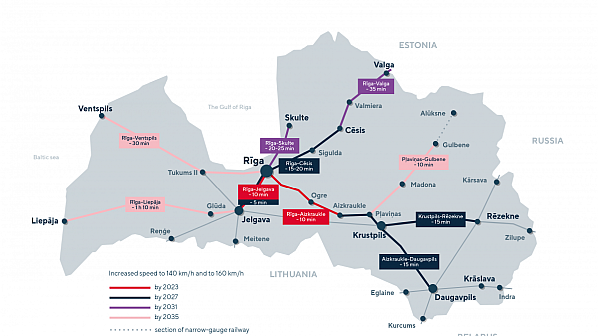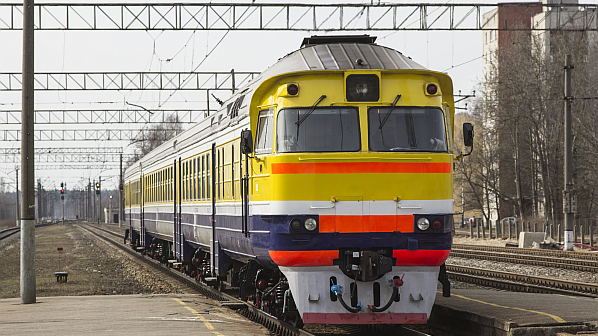RAIL will form the backbone of Latvia’s public transport system, the government’s infrastructure development plan, published on January 27, has confirmed.
The government has published a development plan until 2035 which defines railway infrastructure development priorities and projects to be implemented to improve services for customers, increase line speeds, improve rail safety and reduce rail’s environmental impact. The estimated cost of the infrastructure projects is €4.5bn.
Plans include replacing ageing 3.3kV overhead electrification with a 25kV ac system, modernising stations, increasing line speeds and introducing new rolling stock.
This follows increasing passenger numbers in the country and there is recognition that rail will become increasingly popular in the coming years.

“We expect that after the end of the pandemic, the intensity of passenger transport could quickly recover and even exceed the current levels,” said Mr Māris Kleinbergs, chairman of Latvian Railways (LDz). “In Latvia, this trend will be facilitated by extensive modernisation of railway infrastructure launched by LDz, replacement of the current, obsolete passenger rolling stock with new, comfortable trains, and implementation of the Rail Baltica project,” he said.
Currently the maximum speed of passenger trains in Latvia is 120km/h, but LDz says a project to increase that to 140km/h on the Riga - Aizkraukle and Riga - Jelgava lines is due by the end of 2023. The overall aim is that line speeds will be increased to 160km/h across the country by 2035, made possible by electrification, track reconfiguration and amendments to relevant laws and regulations. The plans also include modernising level crossings including equipping them all with automatic barriers by 2035.
For more data on European infrastructure projects, subscribe to IRJ Pro.

